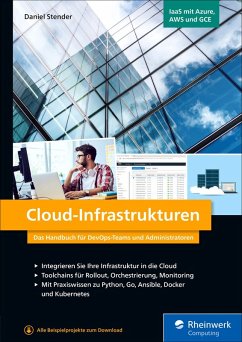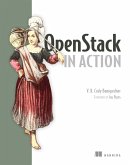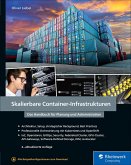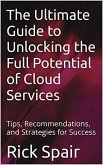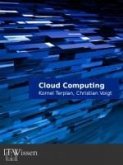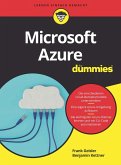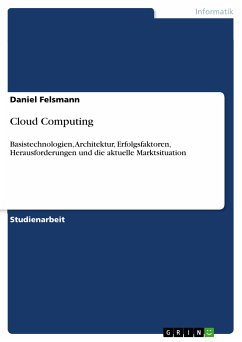Infrastructure as a Service - moderne IT-Infrastrukturen werden in die Cloud integriert und nutzen die Rechenzentren von Amazon, Microsoft, Google und Co. Das ermöglicht ganz neue Arbeitsweisen und verspricht eine einfache Administration, aber der Teufel steckt im Detail! Wo AWS, Azure und andere Anbieter echte Vorteile ausspielen können, welche Probleme sich dort verstecken und wie Sie die Dienste richtig konfigurieren, zeigen Ihnen die Praxisbeispiele und Anleitungen dieses Handbuchs.
Aus dem Inhalt:
Aus dem Inhalt:
- Public Cloud Computing: IaaS und PaaS
- Werkzeuge und Skills für Cloud Engineers
- IaaS-Anbieter verwenden
- Amazon Web Services, Azure, Google Compute Engine und andere: Welcher Anbieter ist der Richtige für mich?
- Hybrid- und Multicloud-Computing
- Cloud-Infrastrukturen automatisch ausrollen
- Cloud-Infrastrukturen mit Ansible konfigurieren
- Server testen
- Monitoring mit Prometheus
- Ressourcen programmieren
Dieser Download kann aus rechtlichen Gründen nur mit Rechnungsadresse in A, B, BG, CY, CZ, D, DK, EW, E, FIN, F, GR, HR, H, IRL, I, LT, L, LR, M, NL, PL, P, R, S, SLO, SK ausgeliefert werden.

